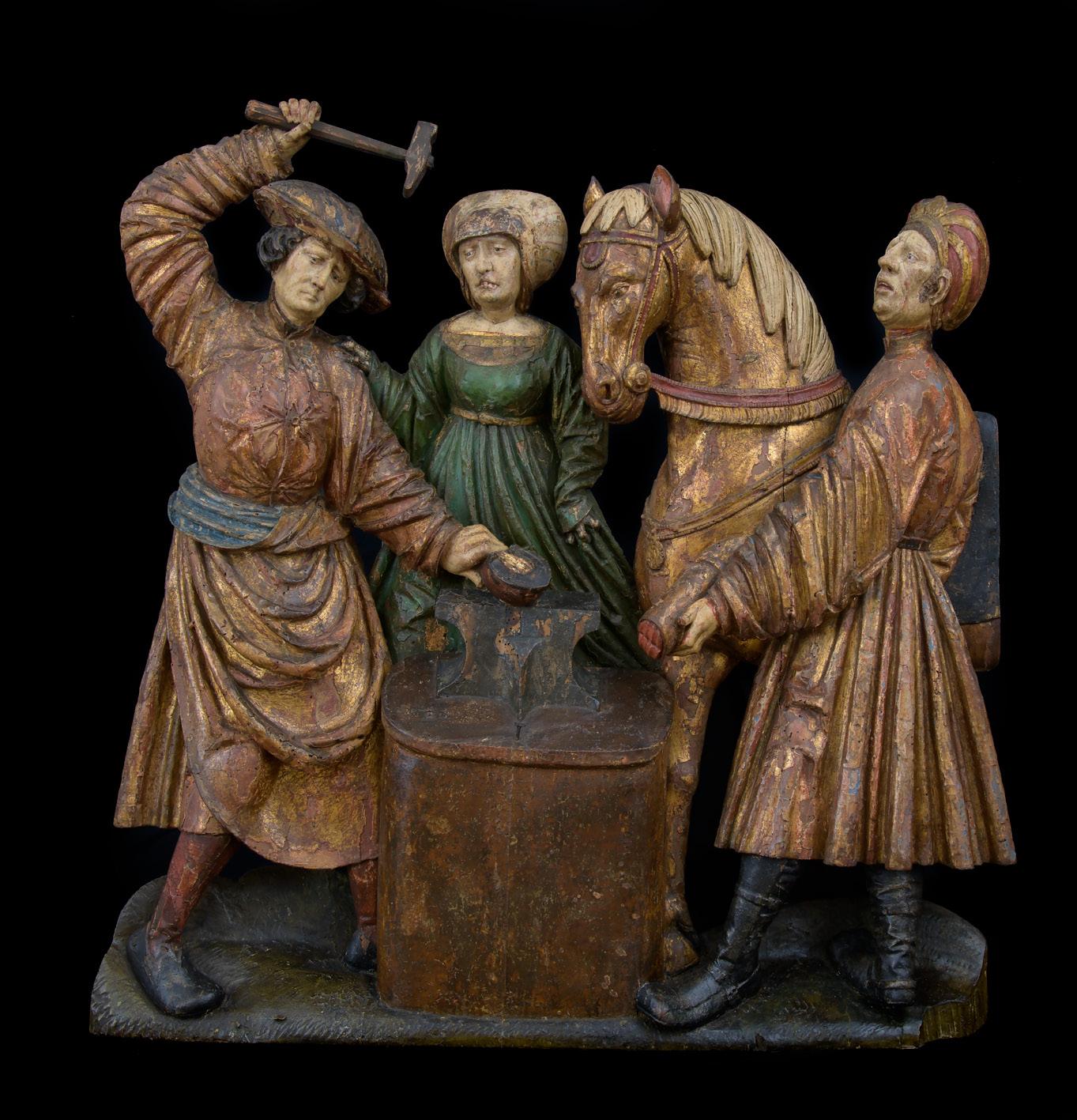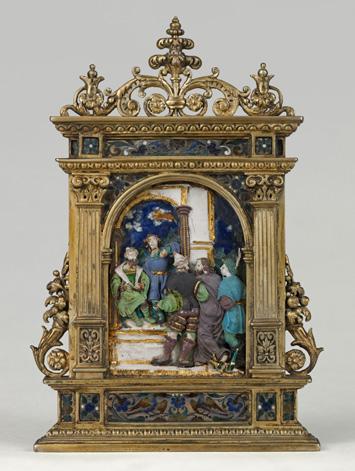
4 minute read
14 Christ carrying the Cross
from JB Test 01/22
Fig. 1. Four Enamels with scenes from the Passion of Christ: Christ in the Garden of Gethsemane, The Capture of Christ, Crowning with Thorns, The Resurrection, Germany, Augsburg or Nuremberg, 1520-30, silver, enamel, gold, each circa 6.2 x 4.5 cm, purchase, Anna-Maria and Stephen Kellen Acquisitions Fund, 2015, New York, The Metropolitan Museum, inv. no. 2015.388.1-4
14
Advertisement
The Carrying of the Cross is a traditional scene from the Passion of Christ. Our enamel plaque was originally part of a series comprising several scenes. Four other gold enamel works from this series belong to the collection of the Metropolitan Museum of Art in New York (fig. 1). The plaques are all the same size with a round finish at the top and are comparable in their artistic execution. The character of the faces and robes, the treatment of the background with white, gold-ornamented architecture, right down to details such as the plants made of emerald-green as well as the small-scale leaves on gold wire in the foreground, suggest they all belong to the same group. These scenes from the Passion could have adorned a reliquary box or a casket.
Another enamel plaque, also with an oval finish and depicting Christ in front of Pontius Pilate, also fits into this group. This enamel was attached to a pax board at a later date and was donated to the Louvre in Paris in 1901 by Adolph de Rothschild (fig. 2).
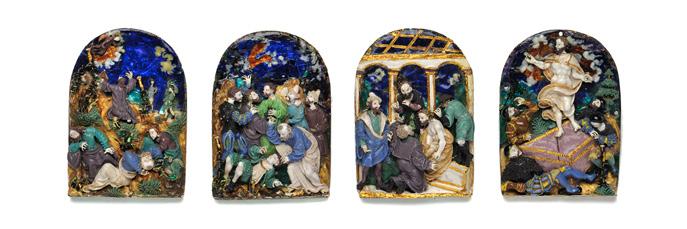
Fig. 2. Pax board with silver enamel relief, Christ before Pontius Pilate, southern Germany, early 16th century, gold and silver, enamelled, 14 cm x 26 cm, Paris Musée du Louvre, Gift of Adolphe de Rothschild, 1901, inv. no. OA 5627
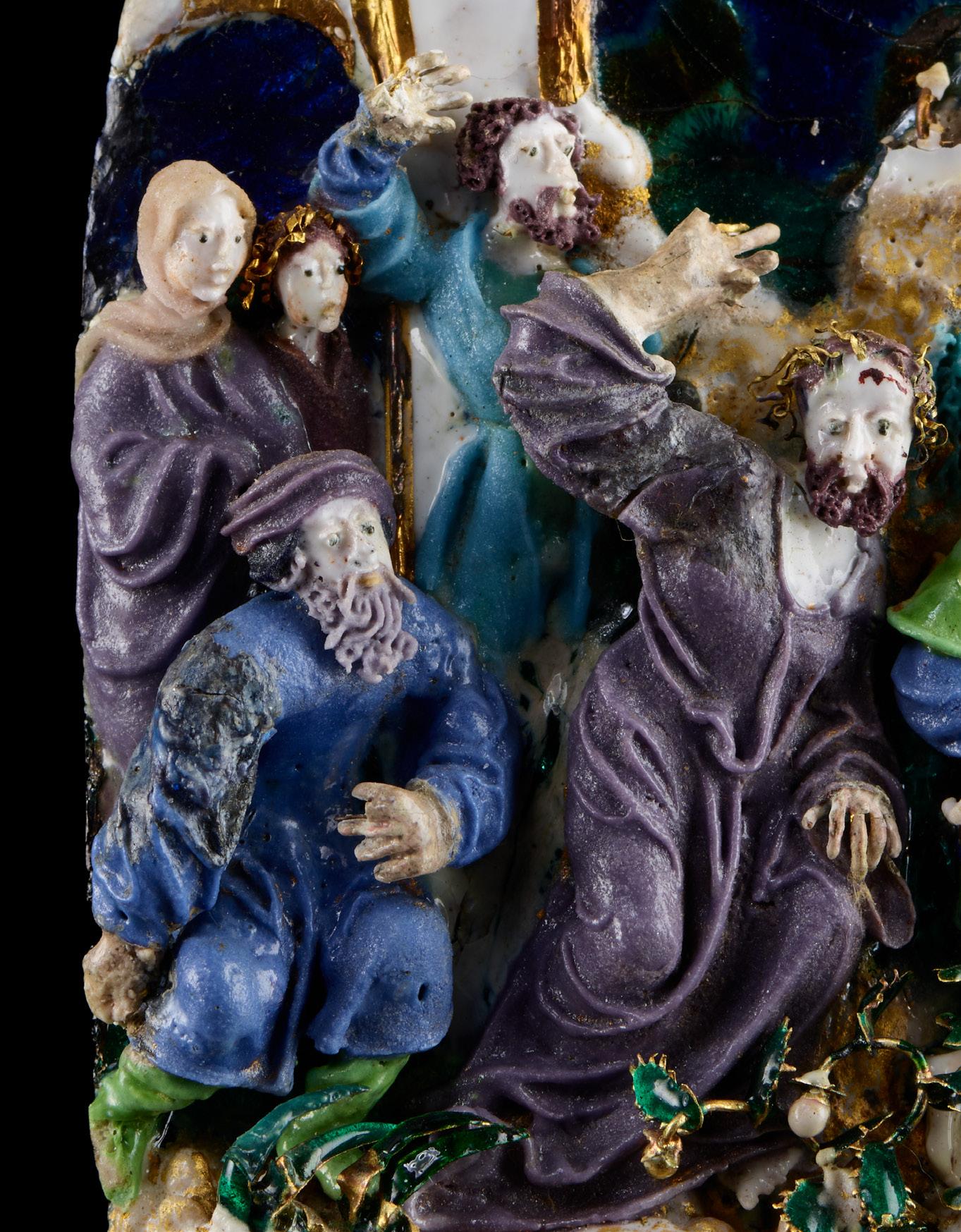
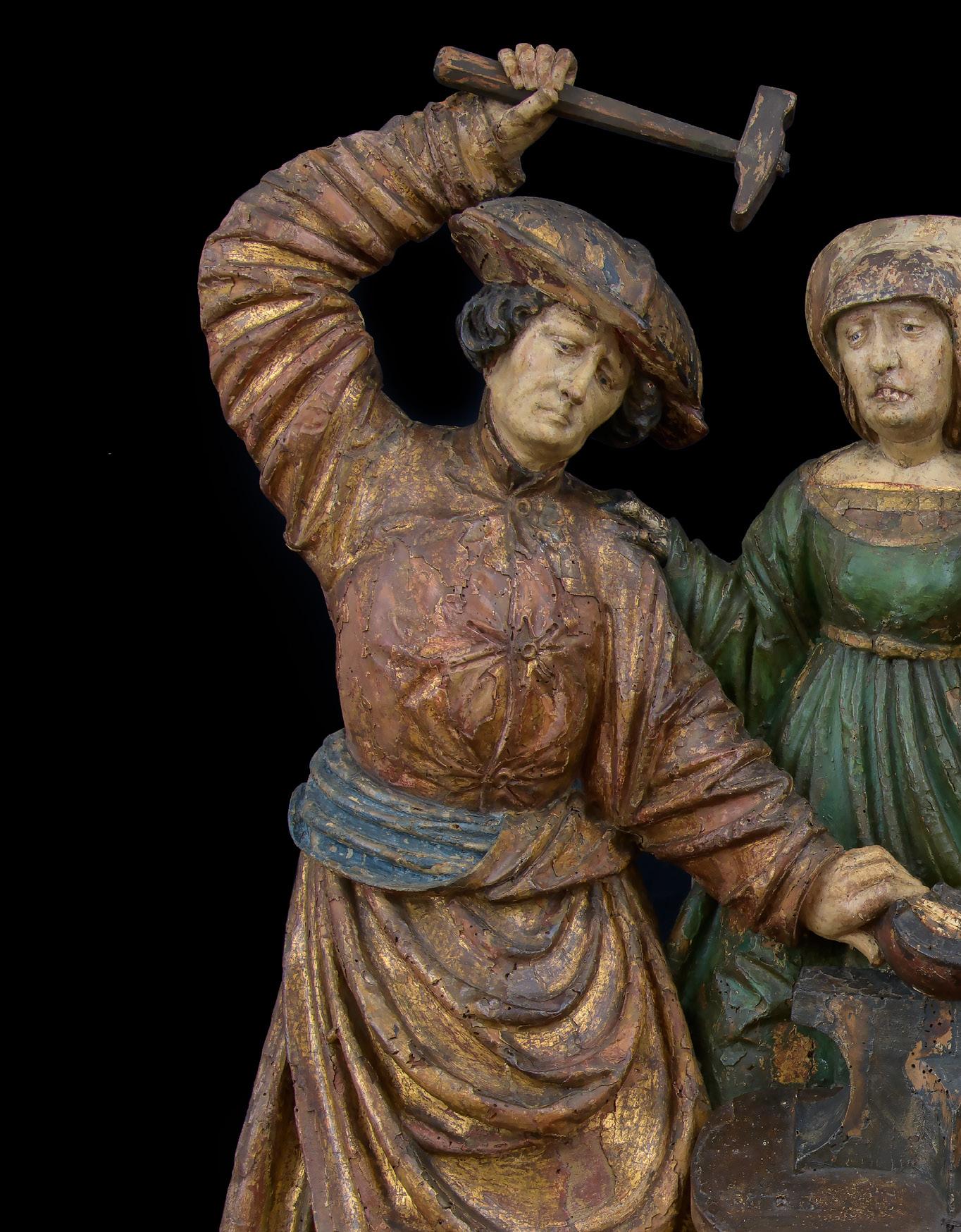
15
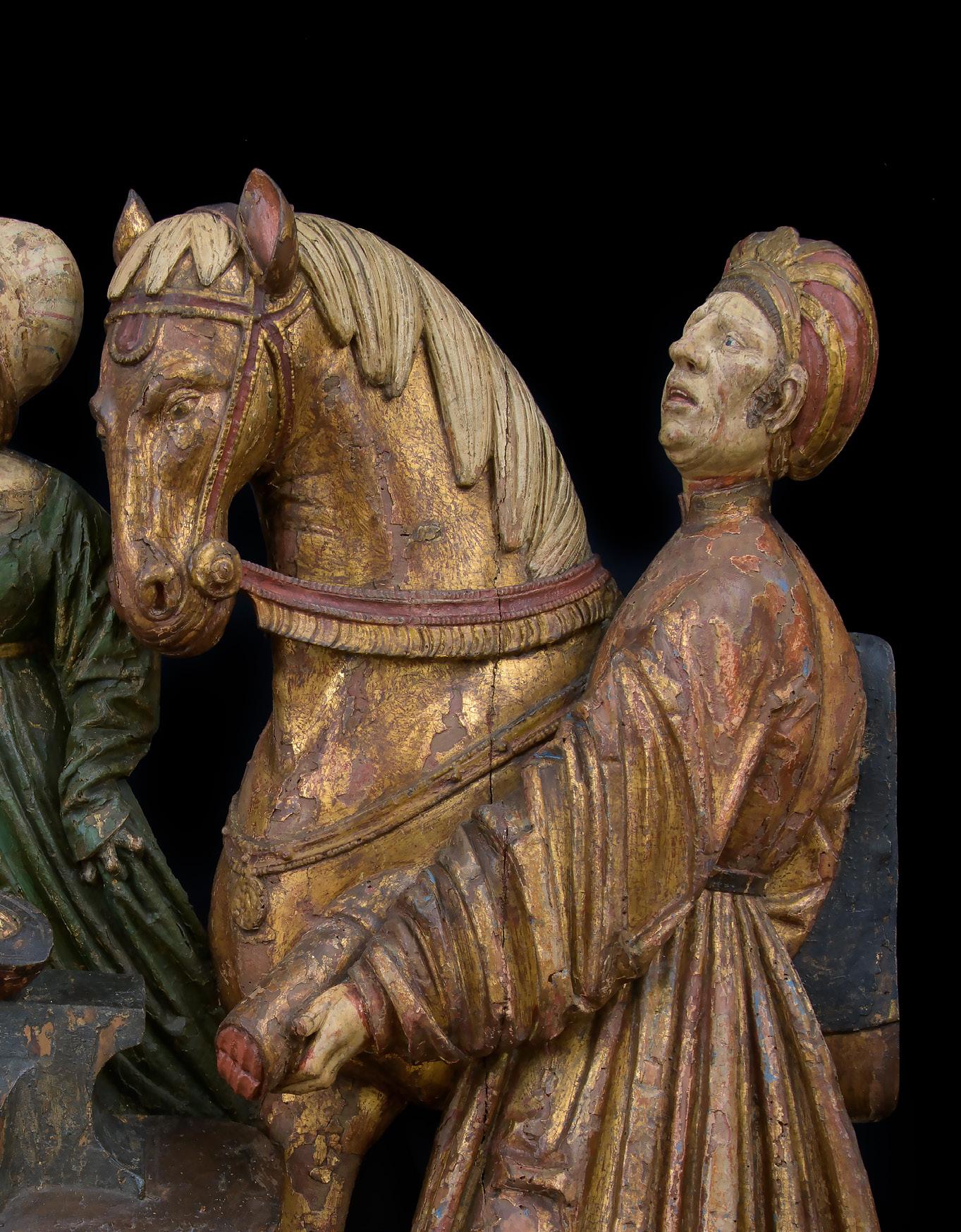
RELIEF WITH THE LEGEND OF THE SHOEING OF THE HORSE
HANS THOMAN attributed to German, active Memmingen Circa 1514-25
1510-20
Lindenwood, painted and gilded Height 93 cm, width 100 cm
Provenance: Figdor Collection; Oscar Bondy Collection; Private American Collection.
Related literature: Sculptures souabes de la fin du Moyen Âge, exh. cat. Musée de Cluny-Musée national du Moyen Âge, 1 April–27 July 2015, Réunion des musées nationaux, Musée de Cluny, Paris 2015. Jopek, Norbert. German Sculpture 1430-1540: A catalogue of the Collection in the Victoria and Albert Museum, 2002. Baxandall, Michael. The Limewood Sculptures of Renaissance Germany, Yale University Press, New Haven 1980. Baxandall, Michael. South German Sculpture 1480-1530, Victoria and Albert Museum, London, 1974. This relief depicts the most popular legend from the life of Saint Eligius – the Saint in the process of shoeing a possessed horse. The legend tells of Saint Eligius trying to shoe a vicious stallion which, possessed by the devil, could not be quietened down enough to be shoed. Saint Eligius cut off the horse’s foreleg, shoed the hoof of the amputated leg and then miraculously re-attached the leg to the horse. On the left, the relief shows Saint Eligius, intently hammering the shoe onto the hoof. To the Saint’s left, a woman is touching his shoulder. Closer inspection reveals that this figure is in fact the devil disguised as a woman, with claws instead of fingers and a grotesque tongue. On the right, a groom holds the horse that is standing on three legs attentively watching Saint Eligius at work. In the foreground, the groom holds the horse’s injured leg, anticipating the re-attachment of the limb. All the figures, depicted in three-quarter profiles, are dressed in garments and footwear typical of the time. Their faces are highly individualised and expressive. Together with the movements of the respective bodies in different directions, their expressions underline the dynamics and drama of the moment.
Saint Eligius (France, 588-660) is the patron saint of goldsmiths and other metalworkers, of horses and veterinarians. Eligius was born close to Limoges, France, into an influential and educated family. The family recognised his exceptional talent and sent him to the Limoges mint to learn the goldsmith trade. His goldsmith work earned him a good reputation, leading Clotaire, the Merovingian king of France, to appoint Eligius master of the Marseilles mint and take him into the royal household. Clotaire’s son Dagobert I would later make him his chief councilor that spread Eligius’ political influence and fame. This prominence also enabled Eligius’ widely praised good deeds towards the poor and the enslaved. During his lifetime Eligius founded many monasteries and built and restored numerous churches in France. Three years after the king’s death in 642, Eligius was appointed Bishop of Noyon-Tournai in the north-east of France, where he worked until his death on converting the Flemish population to Christianity.
15
